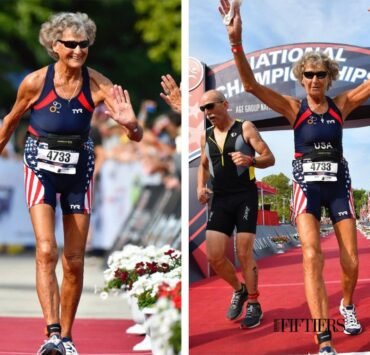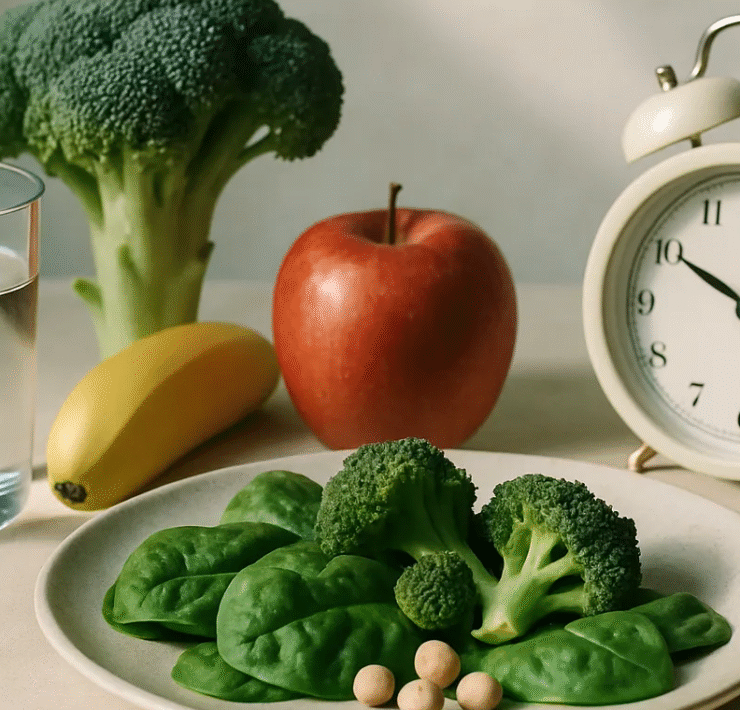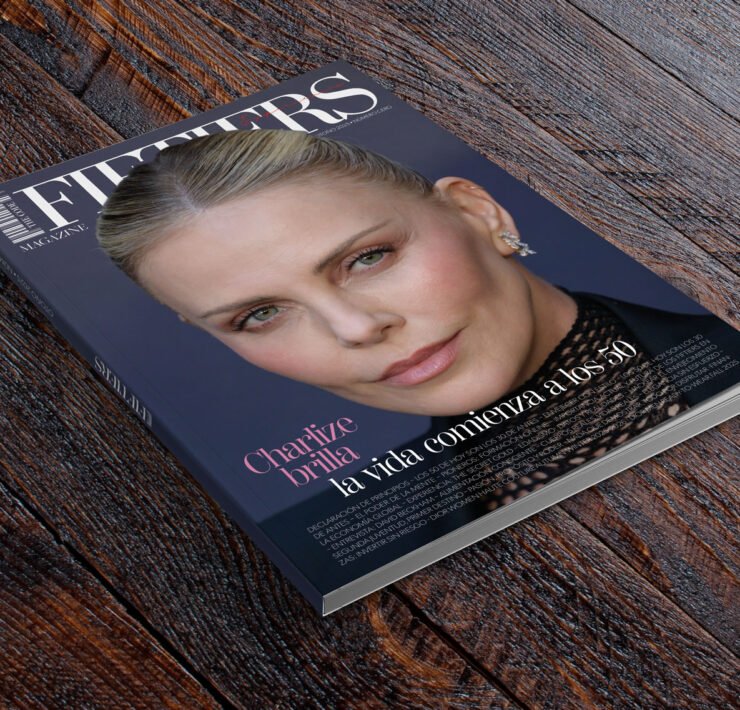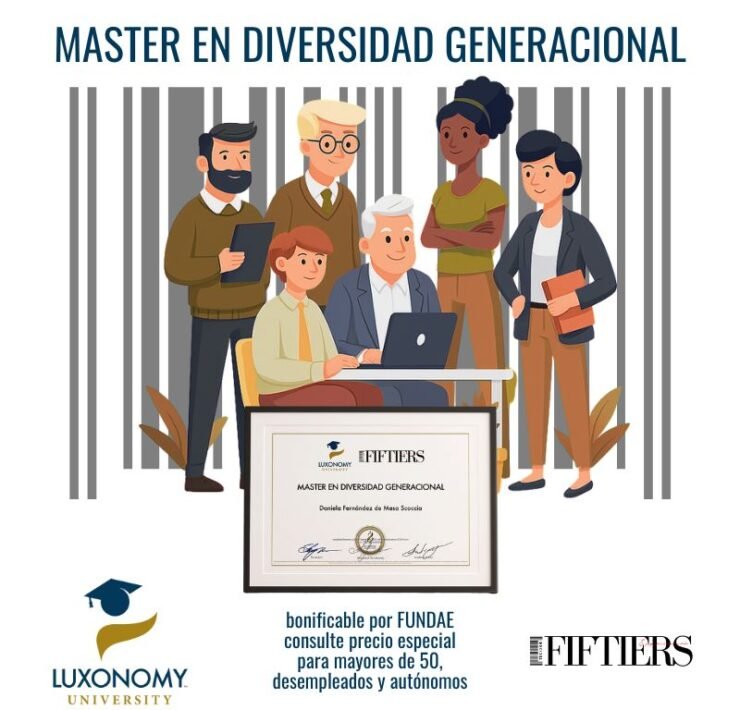Biohacking After 50: Supplements, Fasting, and Gadgets Redefining Longevity
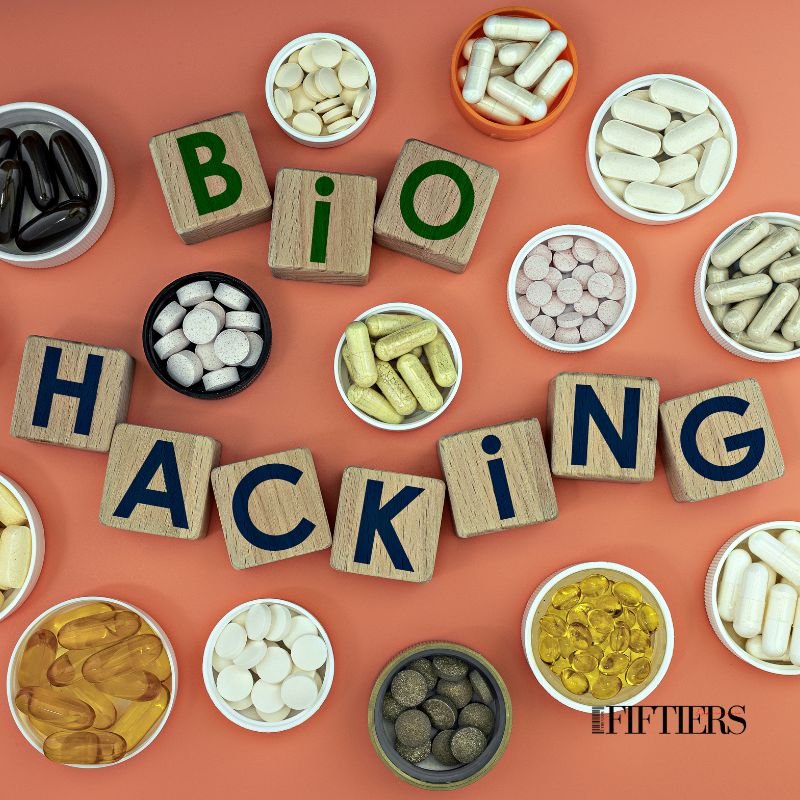
FIFTIERS | Life Begins at 50. La vida comienza a…
In today’s world, more and more people over 50 are wondering not just how to live longer, but how to live better. Biohacking has become a passion for many, combining science and healthy lifestyle habits. It’s not about obsessively chasing eternal youth, but about cultivating health and energy with intelligence. Every capsule we choose and every new habit we adopt can become a powerful tool to feel youthful from within.
Supplements: Nutrients That Defy Time
A bottle of golden capsules represents the anti-aging supplement universe. Many 50+ biohackers now include key nutrients and antioxidants to support vitality. Omega-3 (fish oil) protects the heart and brain, Coenzyme Q10 fuels the body’s energy cells, and hydrolyzed collagen supports joints and skin.
NAD precursors (like NMN) are also gaining popularity for helping restore cellular energy. Other popular additions include melatonin for better sleep, curcumin for reducing inflammation, and adaptogens like ashwagandha and rhodiola to manage stress.
Even plant-based extracts such as resveratrol (from red wine) or medicinal mushrooms like cordyceps and lion’s mane are trending due to their potential for cellular protection and mental clarity.
Every individual is different, so many 50+ adults seek professional guidance before adding supplements to their routines. Generally, these substances are added to a conscious diet—antioxidant herbs, probiotics for gut health, or magnesium for muscle relaxation and better rest. Altogether, these choices help recharge the body’s “batteries” and build resilience against time.
Intermittent Fasting: Aligning the Body With Time
Intermittent fasting has won over many older adults by offering digestive rest that feels deeply natural. The idea is simple: restrict eating to specific time windows. For example, the 16/8 method (eating within 8 hours and fasting for 16), or the 5:2 method (eating normally for five days, limiting intake for two).
Fasting triggers profound physiological changes. When we don’t eat for extended periods, the body initiates autophagy—a process where damaged cells are cleaned up and recycled. It also improves insulin sensitivity (important for blood sugar control) and promotes fat-burning as an energy source.
People often report clearer thinking and steadier energy levels. It’s a metabolic reset. Common formats among older adults include the 16/8, 18/6, or even 24-hour fasts once a week (with supervision). “Circadian fasting” is also popular—eating only during daylight and giving the body complete rest at night.
A light dinner at 7 p.m. and a late breakfast the next day can be powerful. Fasting helps many 50+ individuals reconnect with true hunger and satiety signals, often leading to easier digestion and a lighter, more energized body. It’s as if the entire system uses downtime to regenerate.
Wearable Tech: Your Body Under the Daily Microscope
Wearing a smart device on your wrist has become as common as a watch once was. Today’s wearables monitor your heart rate, deep sleep, body temperature, and even heart rate variability (HRV), a powerful indicator of stress resilience.
For those over 50, these gadgets act like personal wellness coaches: helping optimize workouts, improve sleep quality, and alert you to emerging health patterns. If your watch detects poor sleep, for example, you might reduce evening screen time or introduce soft light therapy.
Beyond smartwatches, the range of health-focused devices is growing rapidly. Continuous glucose monitors that attach to your arm, sleep pads that track vitals from under your mattress, and headbands that assist with guided breathing are all popular options.
Even phototherapy lamps that simulate natural daylight help regulate your circadian rhythm—especially useful in winter or for those who spend long hours indoors. There are also meditation apps and light exercise games specifically designed for brain training.
The idea is to turn health data into actionable insight. These devices tell you whether your sleep was restorative, if your heart rate spiked unexpectedly, or if your recovery metrics are trending up or down.
Armed with this feedback, many 50+ adults are changing habits: adjusting diets, shifting exercise patterns, or introducing recovery-focused routines. The result? Greater vitality, mental clarity, and a sense of personal control.
Excitingly, the future holds even more potential—at-home lactate tracking, real-time blood analysis, and deeply personalized biometric feedback systems are just around the corner.
Conclusion: The Second Youth Is Here—And It’s Smart
Biohacking after 50 blends scientific curiosity with self-care. It combines proven practices like good nutrition and moderate exercise with emerging innovations. The message is hopeful: with informed choices, we can shape a “second youth” filled with energy and wellness.
Ultimately, it’s not about resisting age, but about embracing it with the right tools. With intelligence, mindfulness, and the help of today’s technologies, each decade becomes a chance to live more vividly—with strength, awareness, and purpose.
Discover more from FIFTIERS
Subscribe to get the latest posts sent to your email.








